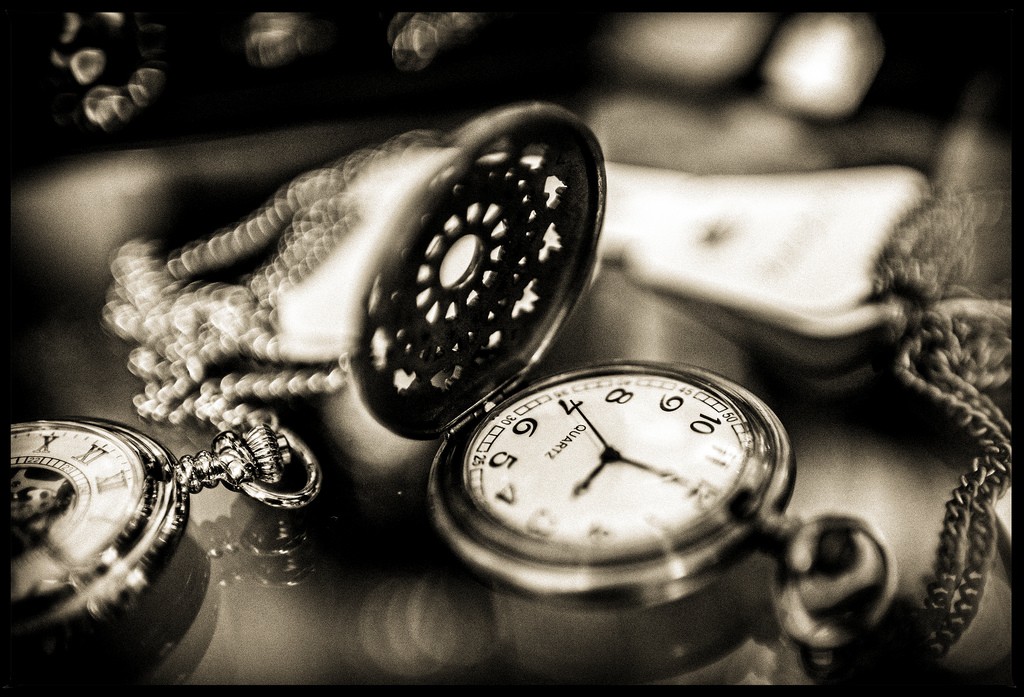As the case, his form and decorative elements can be good reference points by determining an origin and age of watches, dials and hands can give to the collector valuable information about these watches. The first mechanical clock had only one hour hand and rough German or Italian dial, i.e. with a 12- or 24-hour scale. Renaissance one-arrow watches usually had Roman figures. At the floor watch with the square brass dial we often can see the scale engraved in the brass ring attached to not round dial plate. Visible parts of a dial plate around a ring were decorated with the engraved ornaments or cast brass relief applications located first of all in dial corners. Such type of the dial practically prevailed till 18th century when he has gradually been forced out by the enamel dial.
Varnished iron dials became popular approximately in 1780. We often find them at cheap completely iron wall clock with drawings of birds, with figured bible motives, etc. The drawn dials had also some floor wall watch. The sizes of dials gradually increased. About 1725 the board in the form of a round segment which gradually increased to a semicircle was added to a square dial plate. Besides ornamental elements, watchmakers put in a board various scales for strike mechanism inclusion and switching off, for the choice of playing mechanism composition, calendar and various astronomical dials or figured elements of the automatic mechanism.

You can find the round dial attached to the main dial plate at some Renaissance watches, but English lantern watches have it almost always. On these dials under the Roman figures there is an engraved narrow scale divided into 48 parts which separates an interval of every hour for 4 identical parts. At the Roman scales they applied, as a rule, for the fourth hour a symbol IIII, but not IV. Apparently, because IIII looks more esthetically.
The increased accuracy of time measurement has come to a chronometry with the pendulum clock and with it also the minute hand on the dial has appeared. Special minute scale located on an external circle of a former hour scale was also produced for this hand. Firstly only Arab figures served for designation of five-minute intervals on this scale, which were at small dials for reasons of space economy directly parts of a scale, and at the big clock they were graven or drew over an hour scale. Watches of the second half of 18th century had sometimes so big minute figures that they almost didn’t differ from hour figures. At colored dials and at hours of provincial masters minute scales sometimes became simpler to 60 points applied directly on an hour hand.
